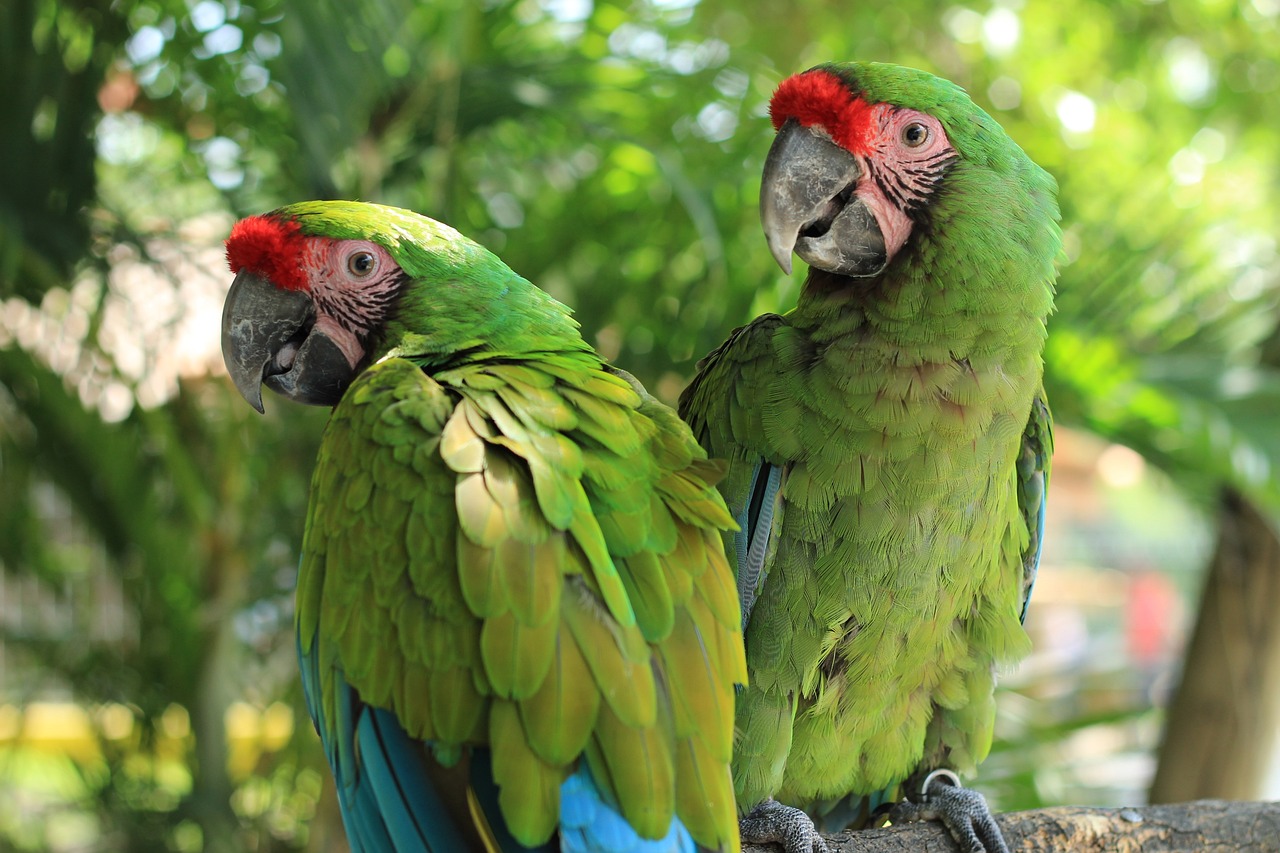Language and Communication: Overcoming Barriers in Mexico
Language and communication play a crucial role in our everyday lives, shaping our interactions and enabling us to convey our thoughts, ideas, and emotions effectively. In Mexico, a diverse country with a rich cultural heritage, language and communication become even more important due to the presence of various indigenous languages alongside Spanish, the dominant language. This article explores the challenges faced in language and communication in Mexico and the efforts made to overcome these barriers.
Language Diversity in Mexico
Mexico is known for its linguistic diversity, with over 68 indigenous languages recognized by the Mexican government. These languages, such as Nahuatl, Maya, Zapotec, and Mixtec, are spoken by millions of people across the country. In addition to indigenous languages, Spanish is the official language of Mexico and serves as the primary means of communication for the majority of the population.
- Linguistic Diversity: Mexico’s linguistic diversity is a reflection of its cultural richness. Each indigenous language represents a unique heritage and plays a vital role in preserving the country’s cultural identity.
- Language Endangerment: Despite their significance, many indigenous languages in Mexico are endangered. Factors such as globalization, urbanization, and the dominance of Spanish pose challenges to their survival.
- Language Revitalization Efforts: To address the threat of language loss, Mexico has implemented various initiatives to promote and preserve indigenous languages. These include bilingual education programs, language documentation projects, and cultural festivals that celebrate linguistic diversity.
Language Barriers and Communication Challenges
While language diversity adds richness to Mexico’s cultural fabric, it also presents challenges in communication, especially in contexts where individuals do not share a common language. These barriers can hinder effective communication and limit opportunities for social and economic integration.
- Language Barrier in Education: In schools where indigenous languages are not widely spoken, students may face difficulties in understanding classroom instruction conducted in Spanish. This language barrier can impact their academic performance and limit educational opportunities.
- Language Barrier in Healthcare: Limited English proficiency and the presence of indigenous languages can create barriers in accessing healthcare services. Language barriers may lead to misunderstandings, misdiagnoses, and inadequate treatment.
- Language Barrier in the Workplace: In a diverse workforce, language barriers can hinder effective collaboration and communication among employees. This can impact productivity, teamwork, and overall job satisfaction.
Overcoming Language Barriers
Recognizing the importance of effective communication, Mexico has taken steps to overcome language barriers and promote inclusivity.
- Bilingual Education Programs: The Mexican government has implemented bilingual education programs that aim to provide instruction in both Spanish and indigenous languages. These programs help preserve indigenous languages and ensure that students have access to quality education.
- Professional Interpreters and Translators: In healthcare and legal settings, the presence of professional interpreters and translators is crucial. Mexico has been working to increase the availability of these language services to ensure effective communication between service providers and individuals with limited language proficiency.
- Community Language Centers: Community language centers have emerged as important resources for language learning and cultural exchange. These centers offer language courses, workshops, and cultural events to promote language revitalization and intercultural understanding.
Mexico Image 1:

Language Preservation and Cultural Heritage
Preserving indigenous languages is not only important for effective communication but also for safeguarding cultural heritage and identity. Language is deeply intertwined with culture, and the loss of a language can result in the erosion of traditional knowledge, customs, and oral histories.
- Cultural Festivals: Mexico celebrates its linguistic diversity through cultural festivals that showcase indigenous languages, music, dance, and traditional arts. These festivals provide a platform for indigenous communities to share their cultural heritage with the wider population.
- Language Documentation: Linguists and researchers collaborate with indigenous communities to document their languages, creating written materials, dictionaries, and grammars. This documentation ensures that future generations have access to their ancestral languages.
- Language Preservation Policies: The Mexican government has implemented language preservation policies that aim to protect and promote indigenous languages. These policies include the recognition of indigenous languages as national languages and the establishment of language academies to standardize and develop them.
Conclusion
Language and communication are essential for fostering understanding, inclusivity, and cultural preservation. In Mexico, the diverse linguistic landscape presents both challenges and opportunities. Efforts to overcome language barriers through bilingual education, language services, and cultural initiatives contribute to a more inclusive and cohesive society. By embracing and valuing linguistic diversity, Mexico can continue to celebrate its rich cultural heritage while ensuring effective communication for all its residents.
Mexico Image 2:

References
– National Institute of Indigenous Languages (INALI): inali.gob.mx
– Secretariat of Public Education (SEP): sep.gob.mx
– National Commission for the Development of Indigenous Peoples (CDI): cdi.gob.mx
– National Council for Culture and the Arts (CONACULTA): conaculta.gob.mx
– National Institute of Anthropology and History (INAH): inah.gob.mx

